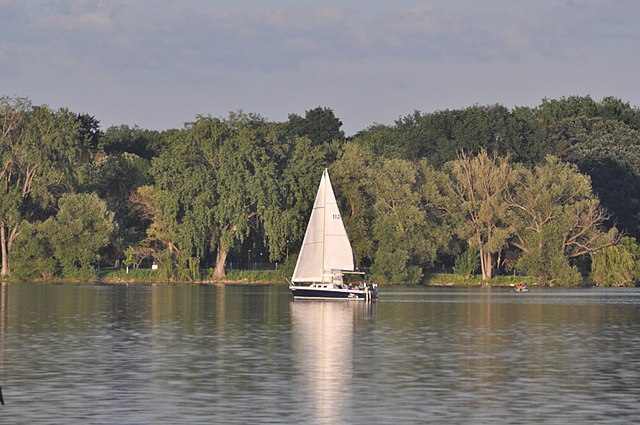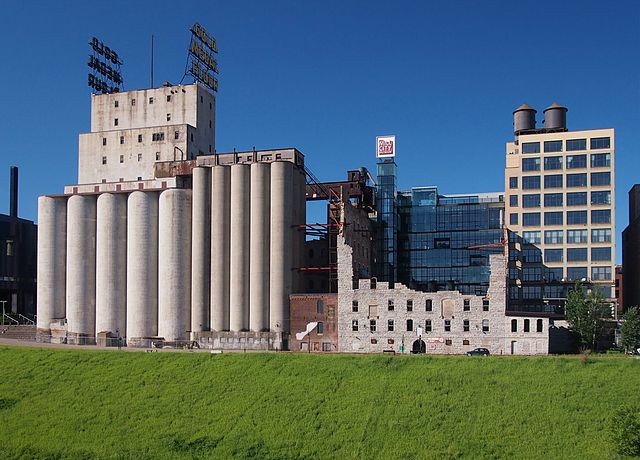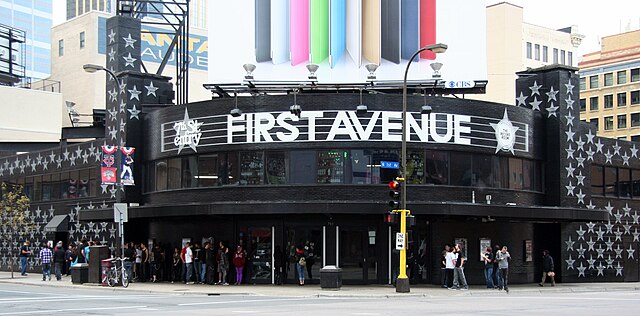The Great Mill Disaster, also known as the Washburn A Mill explosion, occurred on May 2, 1878, in Minneapolis, Minnesota, United States. The disaster resulted in 18 deaths. The explosion occurred on a Thursday evening when an accumulation of flour dust inside the Washburn A Mill, the largest mill in the world at the time, led to a dust explosion that killed the fourteen workers inside the mill. The resulting fire destroyed several nearby mills and killed a further four millworkers. The destruction seriously impacted the city's productive capacity for flour, which was a major industry in the city. Following the blast, Cadwallader C. Washburn, the mill's owner, had a new mill, designed by William de la Barre, constructed on the site of the old one. This building was also later destroyed, and today the building's ruins are a National Historic Landmark and operated as part of the Mill City Museum.
Memorial in Lakewood Cemetery
Minneapolis, officially the City of Minneapolis, is a city in and the county seat of Hennepin County, Minnesota, United States. With a population of 429,954, it is the state's most populous city as of the 2020 census. It occupies both banks of the Mississippi River and adjoins Saint Paul, the state capital of Minnesota. Minneapolis, Saint Paul, and the surrounding area are collectively known as the Twin Cities, a metropolitan area with 3.69 million residents. Minneapolis is built on an artesian aquifer on flat terrain, and is known for cold, snowy winters and hot, humid summers. Nicknamed the "City of Lakes", Minneapolis is abundant in water, with thirteen lakes, wetlands, the Mississippi River, creeks, and waterfalls. The city's public park system is connected by the Grand Rounds National Scenic Byway.
Image: Minneapolis Skyline looking south
Image: Lake Nokomis 20210531
Image: Washburn A Mill 2014
Image: First Avenue





